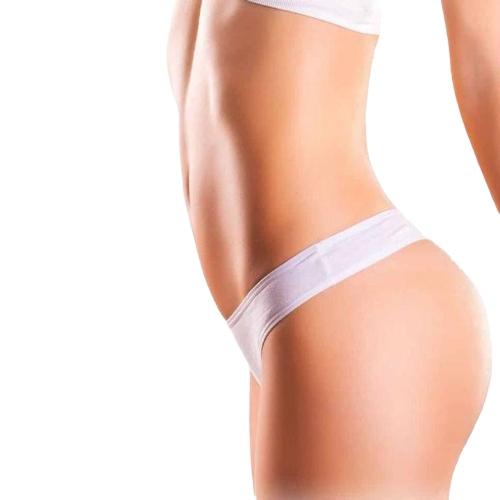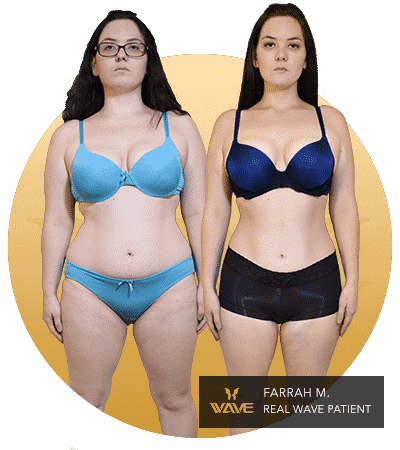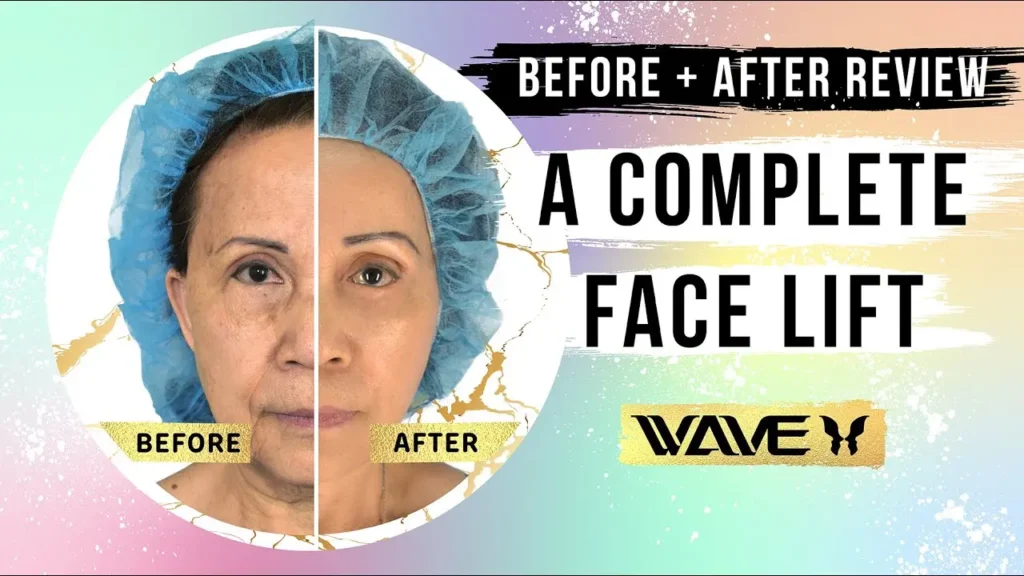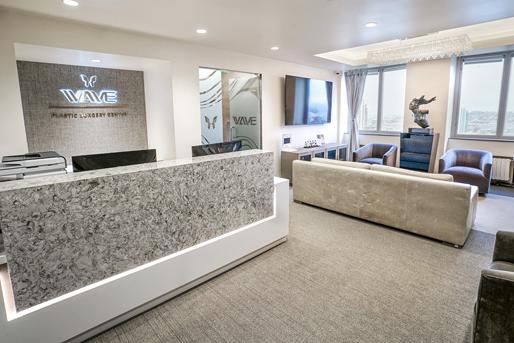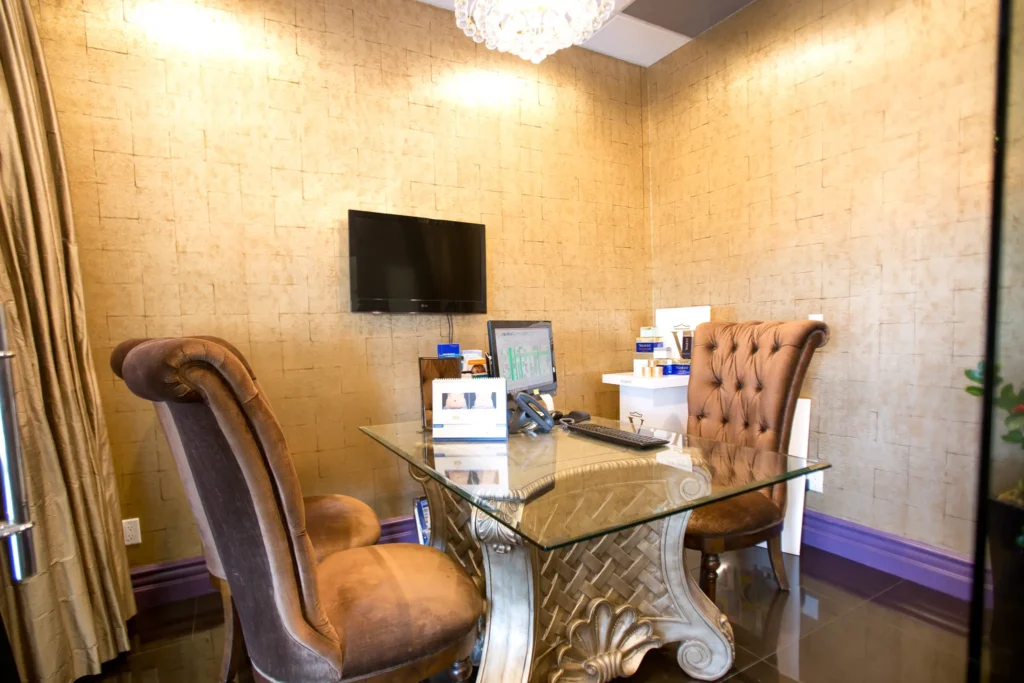In 2019, more than 46,000 people underwent breast reduction surgery. It’s not an uncommon procedure, but you may have some questions about how it works.
Is it a purely cosmetic procedure? Can you request a breast reduction for other reasons? What’s the recovery time?
No matter the reason, this guide will help you know what to expect before, during, and after.
Keep reading for seven things you need to know before committing to a breast reduction.
Related: Breast Procedures Before & After
1. Who Is Eligible For Breast Reduction Surgery?
Anyone looking to reduce the amount of breast tissue on their chest is eligible for a reduction. This could be someone who wants to reverse the effects of their breast augmentation. Or it could be someone whose breast size harms their posture or causes them pain.
Others may seek a breast reduction for cosmetic reasons to improve the appearance of their chest. Even men are eligible for breast reduction surgery.
If you’re considering this procedure, speak with your doctor first. They will inform you about what options you have.
Related: Do I Qualify for a Breast Reduction?
Breast Reduction Weight Requirements
Some people want their breast reduction to be covered by their health insurance carrier. In order to qualify, most insurance companies will want to know the weight of breast tissue that will be removed during a breast reduction. This may seem like a weird way to think about breast reduction, but it is a fairly scientific approach to assessing the need for breast reduction surgery.
Different insurance companies will have different policies regarding what they will accept as a necessary medical procedure. They may require a minimum of 450 grams to 600 grams of breast tissue to be removed. This is intended to differentiate medical necessity from voluntary, aesthetic surgery. Some insurance companies will consider a patient’s Body Mass Index (BMI) in order to account for patients of different heights and weights in determining this breast tissue weight requirement.
By their logic, smaller patients would have lower tissue weight requirements, while larger patients would have higher tissue weight requirements. This could be as low as 1 pound of tissue and as high as 4 pounds. Some insurance companies will deny breast reduction surgery unless the BMI is less than 30 while others require documentation that the patient has attempted to diet and exercise to decrease breast size through weight loss. Generally speaking, patients with size DD, DDD, and H will qualify for medical necessity breast reduction surgery.
Related: Different Types of Breast Reduction
2. When to Consider Surgery
Large breasts can put a strain on your spine. This can lead to a hunched-over look or chronic pain in the shoulders, neck, and back. It can also make it harder to find bras and tops that fit well.
If your breasts are causing you pain or making it hard to fit into clothes, consider having them reduced. A breast reduction can transform your day-to-day life, making it a lot more enjoyable.
You should also consider surgery if you want to have your implants removed or reduced. But you may be thinking about a reduction for cosmetic reasons. If that’s the case, consider whether the costs outweigh the benefits you’re seeking.
3. Breast Reduction Cost
The average cost of a breast reduction is around under $7,800. Be sure to check with your insurance provider before you commit to surgery. Your policy may cover part or all of your breast reduction surgery.
Another aspect of the cost is the risk involved. You should know that every surgery brings the potential for infection and bleeding. But in a breast reduction surgery, there are others to consider as well.
Breastfeeding post-reduction may be more difficult. You may lose feeling in and around your nipples, too.
4. Before Your Breast Reduction Surgery
Before surgery, you’ll complete standard lab tests and a health screening which ensures you’re able to undergo surgery safely.
You’ll discuss your goals with your doctor. You will also complete a mammogram to examine the tissue in your breasts. It’s common to have at least two mammograms performed—one before and one after surgery.
You should avoid smoking before surgery and limit your intake of anti-inflammatory medications. Drugs like aspirin can thin your blood and make you more prone to bleeding during surgery.
Your doctor will likely take breast reduction before and after pictures to help you see the results of your procedure more clearly.
But don’t worry about remembering all of this! Your doctor will go over it with you in detail.
5. What Happens During Breast Reduction Surgery?
During a breast reduction, your surgeon makes a small incision near your areola. The line of the incision will likely extend down your breast in the direction of your ribs. From there, your surgeon will be able to remove some of your breast tissue.
They may also remove skin or fat to reach your preferred size. Once enough tissue is removed, your surgeon will reshape your breast. Depending on the size of your breasts, your surgeon may remove and reattach your nipple in a higher place.
Your doctor should discuss the entire procedure with you before you go under. They’ll do their best to make your breasts as natural-looking as possible, but some differences in size may occur.
Drain tubes may be inserted into your breasts as well, just under the skin. These allow excess fluid to leave the tissue, which helps you heal faster. Your doctor will remove them during recovery.
6. Breast Reduction Recovery Time
In the days following your surgery, you’ll likely have some pain. Your breasts may feel swollen and sore. So be sure to take any pain medication that your doctor prescribed.
As you heal, your incisions may feel itchy or painful. You may experience tingling sensations in your nipples or stiffness in your breasts. The best course of action is to leave everything alone and let your body heal on its own.
If you have drain tubes, those may have to stay in until you’ve reached a certain point in your recovery. Your doctor will instruct you on how to manage those, as well.
Remember that you will have to reduce your physical activity for at least 2-4 weeks post-surgery. You should avoid wearing wired bras during that time as well.
The total recovery time for a breast reduction can extend to a few months. All the swelling and bruising should be gone by then, and you can return to regular activities.
7. Breast Reduction Scars
Taking that first look at your new chest after surgery can be scary. Will you like what you see?
Don’t be surprised if your chest is bruised and discolored, which often happens after undergoing surgery. The sites of the incisions may look puffy and red. Those will fade over time, but you will have scars afterward.
Vitamin E lotion can reduce the appearance of scars. Ask your doctor when you can safely apply it after your breast reduction and lift.
Choosing Breast Reduction Surgery
Breast reduction surgery is a fairly standard procedure with few significant side effects. If you’re considering this procedure, weigh the pros and cons before you decide. And always speak to your doctor about your options and the potential risks you may face.
To start the process, get in touch with us.



